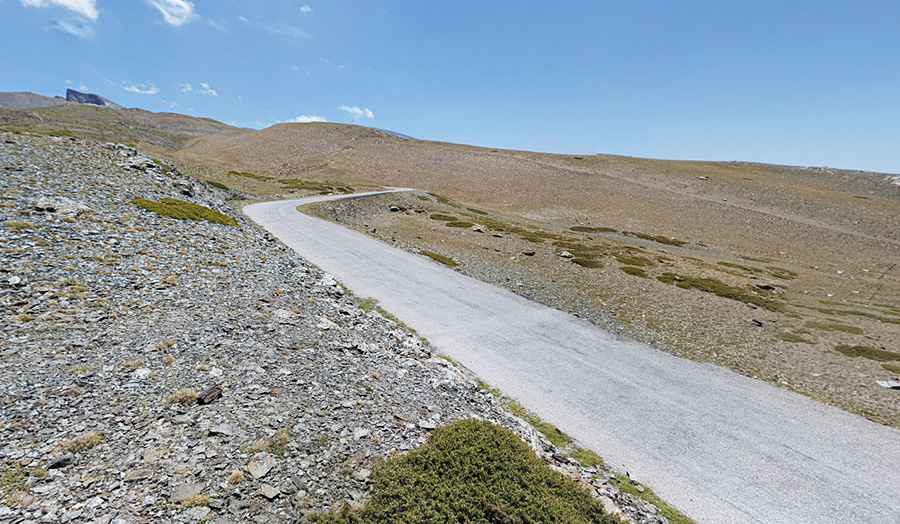The Hardest Mountain Pass the Vuelta Doesn’t Dare to Climb (And It’s Not Angliru or Ancares)
The Vuelta a España, one of the most important races on the UCI World Tour, has already turned legendary climbs like the Angliru, Ancares, and Gamoniteiru into mythical battlegrounds of modern cycling. These mountains have defined eras of the race, producing unforgettable images of riders battling impossible gradients and writing cycling history. Yet, despite all this, the Vuelta still has one giant waiting in the wings for its long-awaited debut.

Legendary climbs of the Vuelta
When we talk about the great climbs of the Vuelta, the same names always come up: Angliru, Ancares, Gamoniteiru, Lagos de Covadonga… passes that have defined an era in the race’s recent history and left unforgettable images for fans. Impossible ramps and incredible attacks from the greatest cyclists in history. The essence of the Vuelta in its purest form.
The Angliru was the first to change the script. Since its debut in 1999, its walls of more than 20% have become a symbol of Spanish cycling. Legendary chapters of the race have been written there, and even world-class riders have admitted they rarely suffered as much anywhere else.
Ancares, the other beast
The Ancares Pass is not far behind. The Pan do Zarco side, with more than 12 kilometers at an average of 9%, is the kind that takes your breath away just by looking at the profile. And you don’t have to go far back in time to remember it: in 2014, at its summit, Contador and Froome staged a duel still remembered today. In 2024, the organizers even unveiled a previously unused side, with ramps touching 17%.
But beware, because both Angliru and Ancares have already starred in the Vuelta. They don’t belong, therefore, to that group of “the hardest climbs never ridden.”
Enter Pico Veleta: the unfinished dream
That’s where the true protagonist of this story comes in: Pico Veleta.
Those who know it understand. From Granada begins the longest and wildest climb in Europe: more than 40 kilometers of continuous ascent, reaching over 3,300 meters above sea level. A monstrosity. Veleta combines the worst of everything: endless length, a terrifying elevation gain, and the altitude—an invisible enemy that slowly drains riders’ strength as they climb. It’s no coincidence that no Grand Tour has ever reached its summit. The logistics are complicated, due to the fragile vegetation at the top and the lack of oxygen at such heights. For this reason, the Vuelta organizers have always seen it as an almost impossible challenge to fit into the modern race.
Could Veleta be the next great challenge?
That’s why, when people speak of “the toughest climb in Spain never climbed by the Vuelta,” the name Pico Veleta always comes first. It tops every fan’s wish list and every ranking of “impossible climbs.”
Modern cycling thrives on spectacle, and if there’s one thing the Vuelta knows how to do, it’s to reinvent itself every few years with a new climb: first Angliru, then Ancares, then Gamoniteiru. Veleta could be next—the Everest still waiting to be conquered.
Will we ever see it? Hard to say. But if it happens, one thing is certain: Veleta could eclipse everything that came before. And then yes—neither Angliru, nor Ancares, nor Gamoniteiru… the king would be another.
Pic: Konrad Michalski